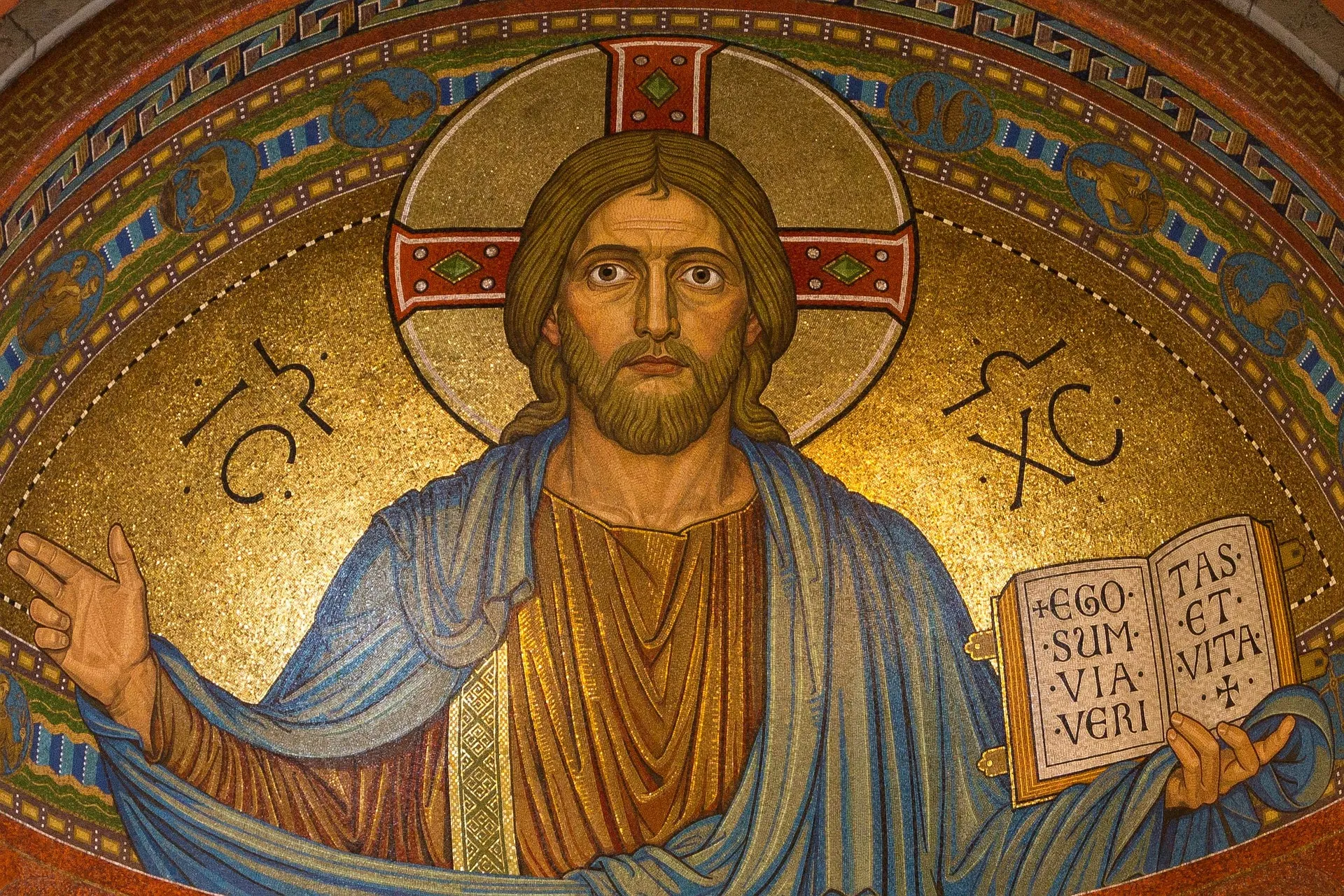
“What is Life? — Philosophical Conversations” - with Ilia Delio
Ilia and Tim discuss the pioneering work of Pierre Teilhard de Chardin, life and death, the power of love and being ‘pilgrims from the future’.
VISIT TIM’S PODCAST: https://podcasts.apple.com/us/podcast/the-freke-show/id1216387576
VISIT ILIA DELIO’S WEBSITE: https://christogenesis.org

Transfiguration – Then and Now by Fr. Sean O'Laoire
A. The Real Meaning of Thabor
The purpose of the gospels in writing of the transfiguration was to show that Jesus was the fulfillment of the Jewish Scriptures. Traditionally, these scriptures were divided into three sections – the acronym ‘TaNaKh’ was used to represent them. “T” stood for Torah, the first five books of the bible, ascribed to Moses and known as “The Law.” “N” stood for Nebiim or “the prophetic books.” And “K” stood for Ketuviim or “writings” (the wisdom literature – psalms, Job, Ruth etc.) The Pharisees accepted all three parts as inspired, but the priestly caste, the Sadducees, only accepted Torah and Nebiim. Moses was the archetype of Torah; and Elijah stood for the prophets. So, the evangelists wanted to show that Jesus’ encounter with Moses and Elijah was the fulfillment of both streams of revelation. Moreover, God had traditionally appeared on mountain tops – Sinai in the case of Moses and Horeb in the case of Elijah (some scholars claim Sinai and Horeb were the same mountain), so the evangelists situate this event on Mount Thabor. In the transfiguration scene also, God appears and singles out Jesus as “my beloved son in whom I am well pleased.” So, whatever else is true, this was a literary device to make a strong case for the new covenant – the Jesus movement.

“Walking Meditation” by Thich Nhat Hanh
The practice of mindful walking, says Thich Nhat Hanh, is a profound and pleasurable way to deepen our connection with our body and the earth. We breathe, take a mindful step, and come back to our true home. Read on and learn how to.

